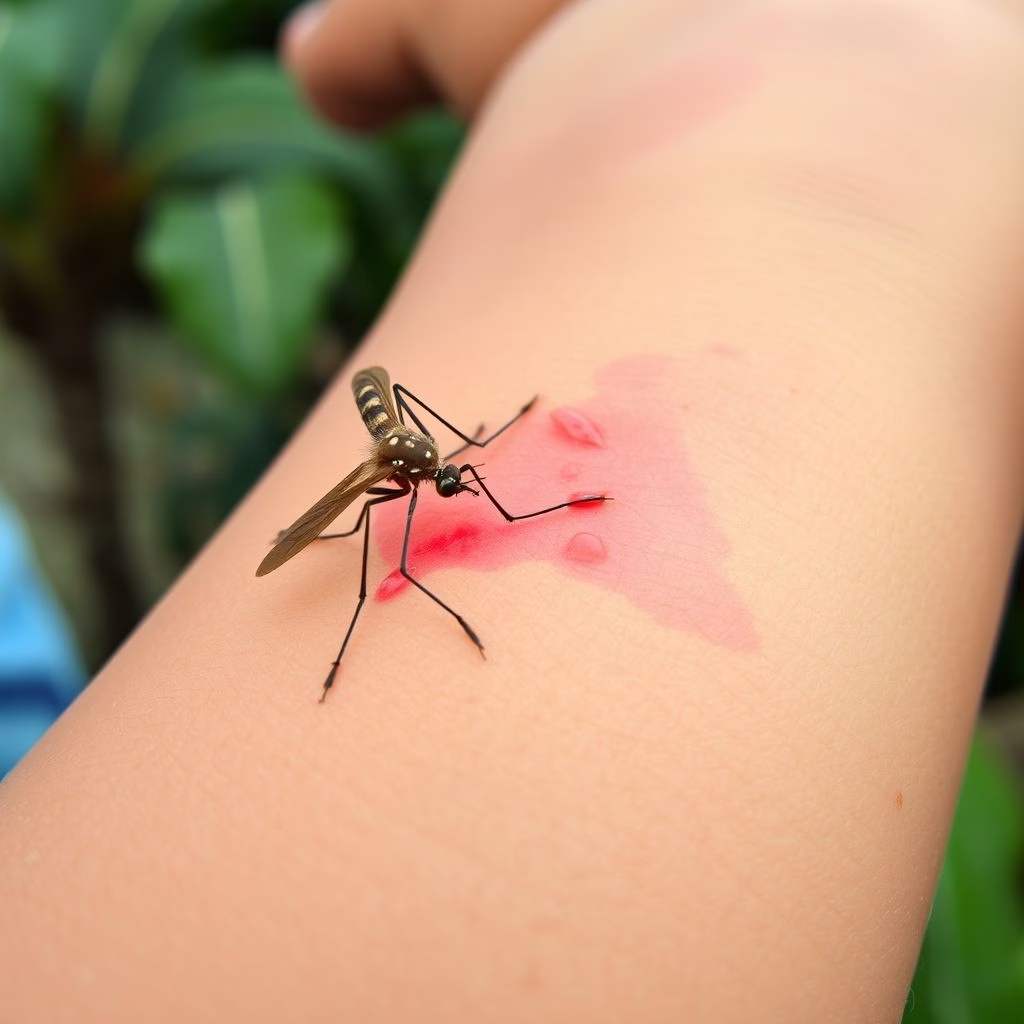Chikungunya: Understanding the Fever and Joint Pain

Chikungunya: A Look at the Virus and Its Impact
Chikungunya virus, often abbreviated as CHIKV, is a mosquito-borne viral illness that can cause a range of symptoms. Characterized primarily by fever and severe joint pain, the disease poses a significant health challenge in many parts of the world. Understanding the nature of this virus, its transmission, symptoms, and potential preventative measures is crucial for both public health awareness and personal well-being.
The Symptoms: More Than Just a Fever
The defining characteristics of chikungunya are its symptoms, which typically begin a few days after a mosquito bite. The most common symptoms are a sudden onset of high fever and debilitating joint pain. The pain often affects multiple joints, leading to significant mobility limitations. This joint pain, or arthralgia, can be excruciating and may persist for weeks, months, or even years in some cases. Other symptoms can include headaches, muscle pain, swelling around the joints, and a rash.
How It’s Spread: The Mosquito Connection
The chikungunya virus is transmitted to humans through the bite of infected mosquitoes. Two primary mosquito species are responsible for the spread: Aedes albopictus (the Asian tiger mosquito) and Aedes aegypti. These mosquitoes are known for their daytime biting habits, making it important to take precautions throughout the day. Both species are found in tropical and subtropical regions globally, making the virus a global concern. These mosquitoes are often found in urban environments, breeding in standing water, such as containers and discarded tires.
Treatment and Prevention: What You Need to Know
Currently, there are no specific antiviral treatments for chikungunya. Medical care focuses on relieving symptoms. This often includes pain relievers, fever reducers, and rest. Staying hydrated is also essential. While there isn’t a cure, prevention is key. The most effective preventative measures revolve around mosquito control and bite avoidance. This includes:
- Using mosquito repellent containing DEET, picaridin, or other effective ingredients.
- Wearing long sleeves and pants, especially during peak mosquito activity.
- Eliminating standing water around your home to prevent mosquito breeding.
- Using window and door screens to keep mosquitoes out of your home.
Vaccine Development and Availability
While specific treatments are lacking, the landscape is evolving with the development and approval of vaccines. Vaccines for chikungunya have been approved for use in some countries, including the United States and the European Union. These vaccines represent a significant advancement in the fight against the virus, offering an additional layer of protection for individuals at risk. The availability and access to vaccines may vary depending on location and specific health guidelines. You should consult your doctor for the most up-to-date information about chikungunya vaccines in your area.
Global Outbreaks: Where Chikungunya is a Concern
Chikungunya outbreaks have been reported worldwide, affecting regions across the globe. The virus is prevalent in Africa, the Americas, Asia, Europe, and islands in the Indian and Pacific Oceans. Outbreaks can be sporadic, but often occur in predictable seasonal patterns, peaking during warmer, wetter months when mosquito populations thrive. Surveillance efforts by organizations, such as the Centers for Disease Control and Prevention (CDC), play an important role in monitoring and responding to outbreaks. Understanding the geographical distribution of the virus is crucial for travelers and public health officials.
Living with Chikungunya: Recovery and Long-Term Effects
Most people recover from chikungunya completely, but the recovery process can be long and challenging. Some individuals experience prolonged joint pain, fatigue, and other symptoms for months or even years after the initial infection. Physical therapy and supportive care can help manage these lingering effects. Continued monitoring and research are crucial to improving long-term outcomes for those affected by the virus.
Chikungunya poses a global public health concern, causing significant morbidity and challenging healthcare systems worldwide. By understanding the virus’s transmission, symptoms, and preventative measures, we can reduce the risk of infection and better prepare for outbreaks.




